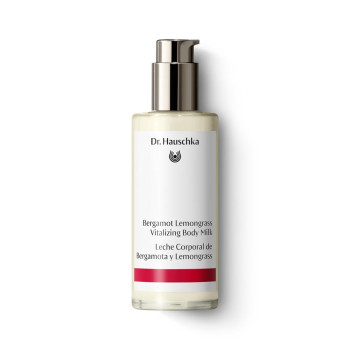
Field Horsetail
Synonyms: Bottle-brush, candock, common horsetail, corn horsetail, Dutch rushes, paddock-pipes, pewterwort, scouring rush, shave-grass, western horsetail
Scientific Name: Equisetum arvense L.
Family: Equisetaceae (Horsetail family)
Habitat
Temperate zones of the northern hemisphere.
Constituents
Up to 10% silica, potassium salts, flavonoids, caffeic acid derivatives.
Description
So delicate and yet so scratchy; so hard that people used to polish their pewter with it, but so brittle that it breaks easily; the field horsetail is among the most primeval plants. Around 350 million years ago, in the Carboniferous period, together with ferns and club moss it formed huge forests. However, while horsetails in the Carboniferous era grew to a height of 90 feet/30 meters, their modern counterparts reach a more modest 12-16/30-40 cm and live on damp, clayey arable land, the edges of meadows, wasteland and banks. Sharp side shoots that resemble pine needles grow in whorls from the grooved main stem. Stems and side shoots consist of several jointed segments which give the appearance of being stacked. The joints are enclosed in much reduced, finely toothed leaves which clasp the stem like cuffs. The stems can be easily broken off at the joints. The largest part of the horsetail is subterranean: most of the stems grow horizontally under the ground, where they branch widely. The roots themselves are unremarkable. In winter the horsetail withdraws entirely into its underground parts. It is a spore-bearing plant, i.e. it does not flower but develops cone-like structures which contain the spores. The separate, cone-bearing stems are brownish in colour and appear in early spring. They are followed a few weeks later by branched, sterile green stems.
Interesting Facts
The scientific name Equisetum derives from the Latin equus = horse and seta = animal hair and describes the stiff stalks of the horsetail. The species name arvense comes from the Latin word arva = field. The English name Field Horsetail is thus a direct translation from the Latin.
The mighty forests of the ancestors of the horsetail in the Carboniferous era have been transformed over millions of years into coal and today make up our coal reserves.
Horsetail became famous for its blood-staunching properties. The Roman scholar Pliny the Elder (23–79) asserted that just holding horsetail in your hand was enough to staunch a bleed. For a long time the horsetail suffered neglect, but Sebastian Kneipp (1821–1897) revived interest in it and used it for skin wounds and rheumatism and gout.
Conventional farming views the field horsetail as a weed to be attacked with herbicides if it becomes too widespread. However, it only gets out of control where the ground has been compressed by heavy machinery or poor husbandry. Gardeners working in accordance with biodynamic principles, in contrast, welcome field horsetail. They use it to prepare aqueous extracts with which they treat their plants. The silicic acid firms the surface of leaves, giving them protection against mildew, for instance. Field horsetail is not only useful in medicine and personal care: the cone-bearing stems which sprout in spring and are the first signs of horsetail growth are edible. They can be made into soups, salads, omelettes and savoury puddings. However, anyone wanting to harvest them must be able to distinguish field horsetail from its very poisonous relative, the marsh horsetail.
Green horsetail stems can be used to dye wool and eggs a yellowish-green colour. The silicic acid in these sterile shoots makes the surface of the horsetail so hard that it can be used to polish metal: pewter, aluminium and copper gleam. Makers of fine woodwork and instrument makers also use this natural sandpaper to smooth fine woods.
The plant from another perspective
Ash from burned horsetail contains an exceptional amount – up to 67% – of silicic acid, the oxidized form of silicon, and keeps the shape of the plant like an impression after burning. Silicic acid is a main constituent of many minerals, including rock crystal, amethyst and rose quartz, and is of course best known as glass. Silicic acid lends structure and has a strong relationship with light. This makes horsetail a light plant, while its air tube system makes it an air plant and it also has a close connection with the element water, which it takes up through its widely branching roots. This last makes it an indicator plant for water build-up. Horsetail gives structure to water, a quality valued by the uses of this herb. By supporting the body’s healthy water levels and kidney function it supports healthy elimination and cleansing and thus has a beneficial effect on joints, connective tissue and skin.
The plant in our products
WALA produces the field horsetail extracts used in Dr. Hauschka Skin Care itself using a special rhythmic process. These extracts are found in:












